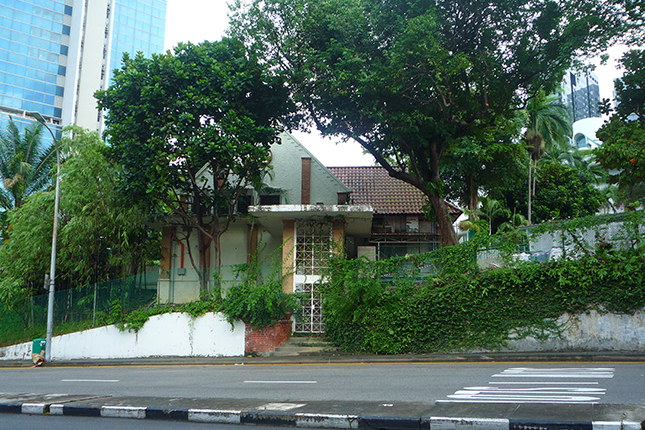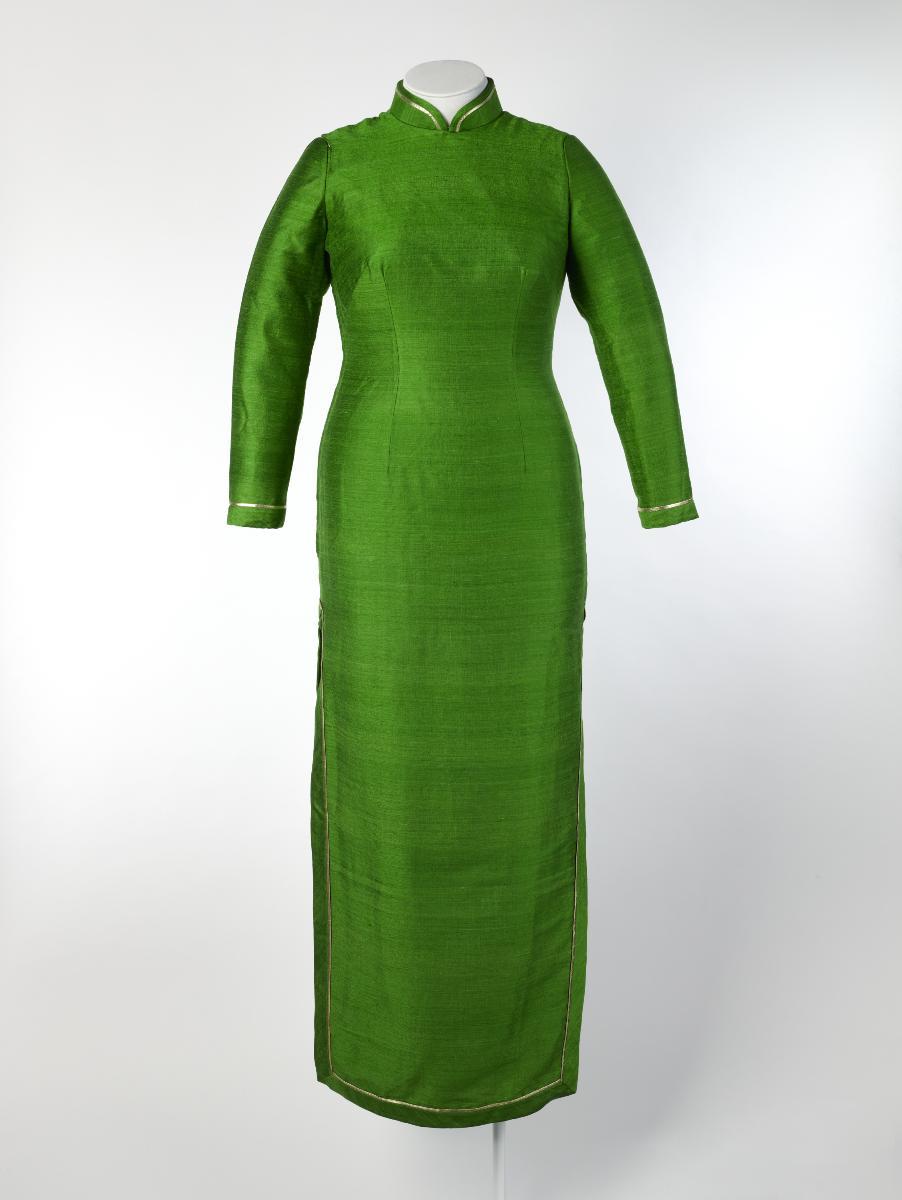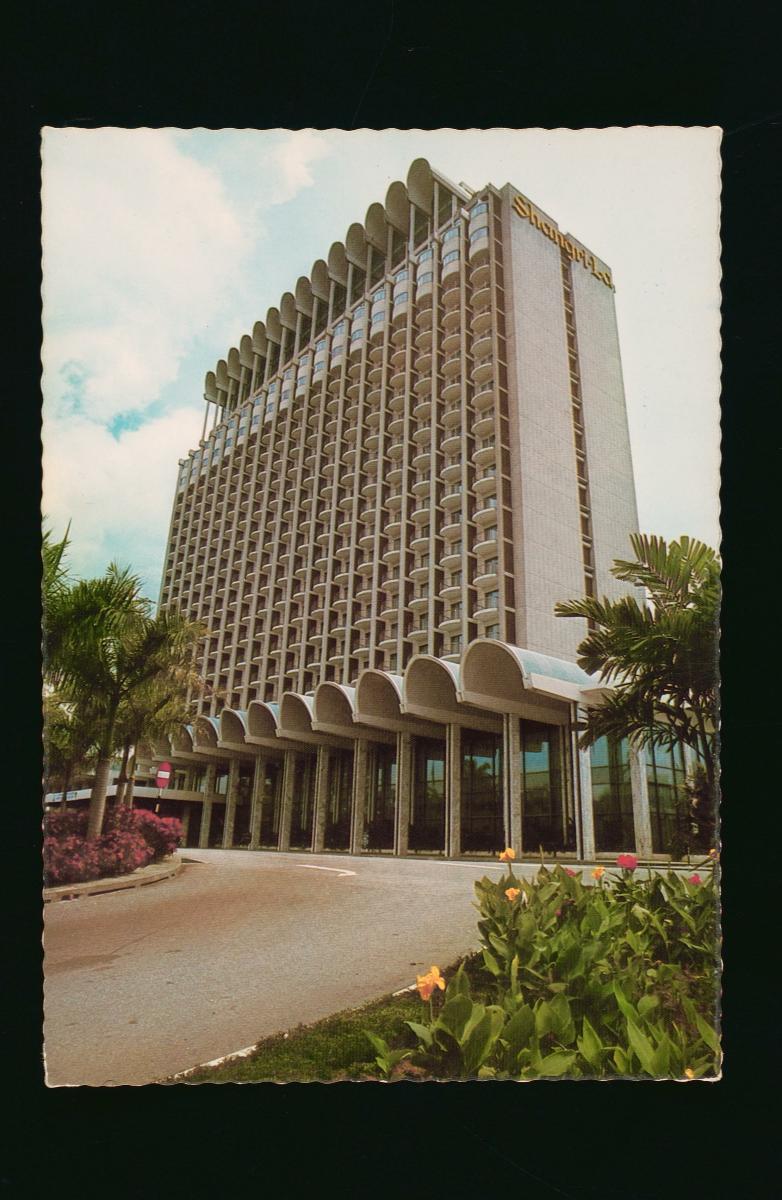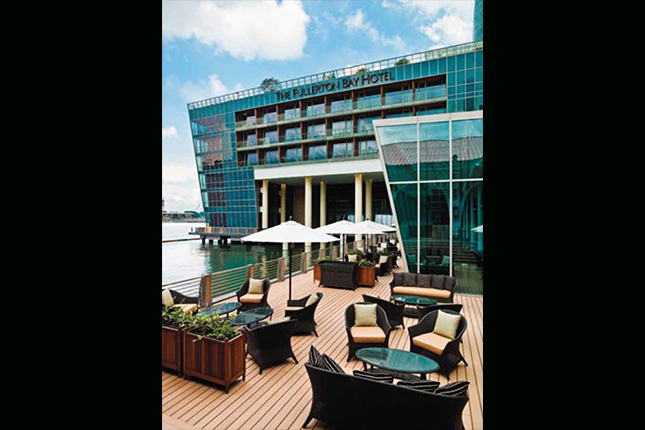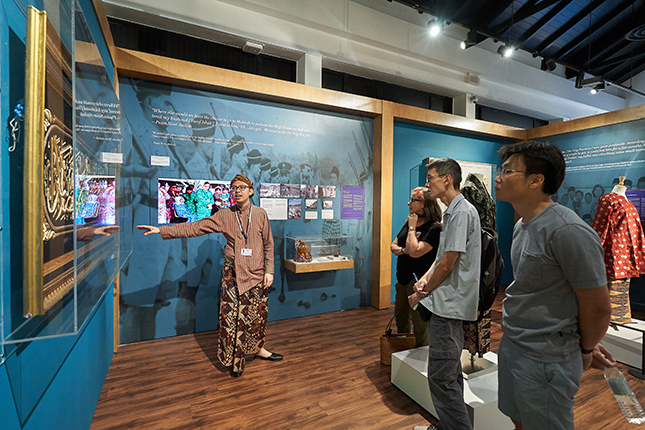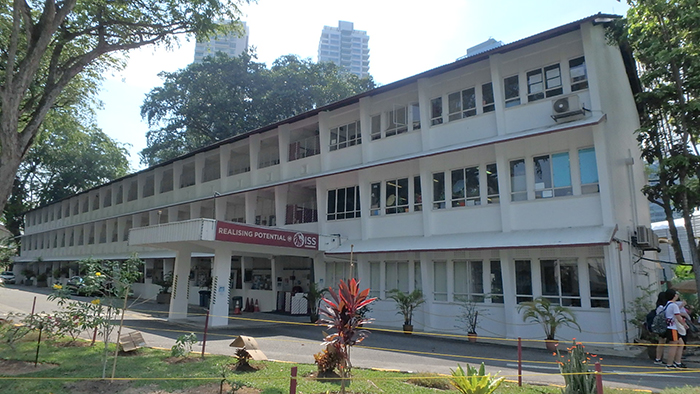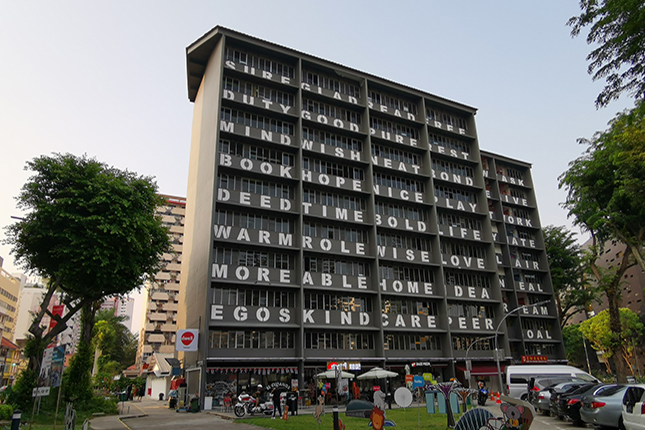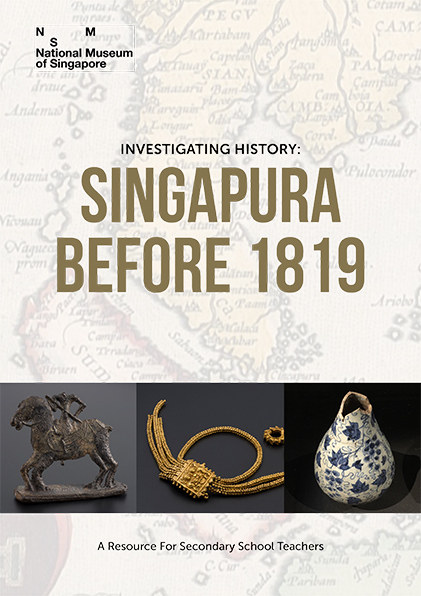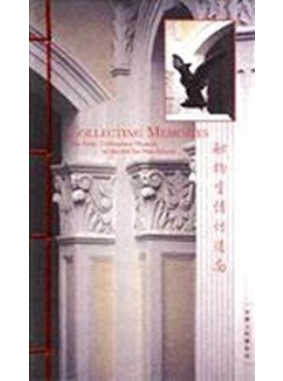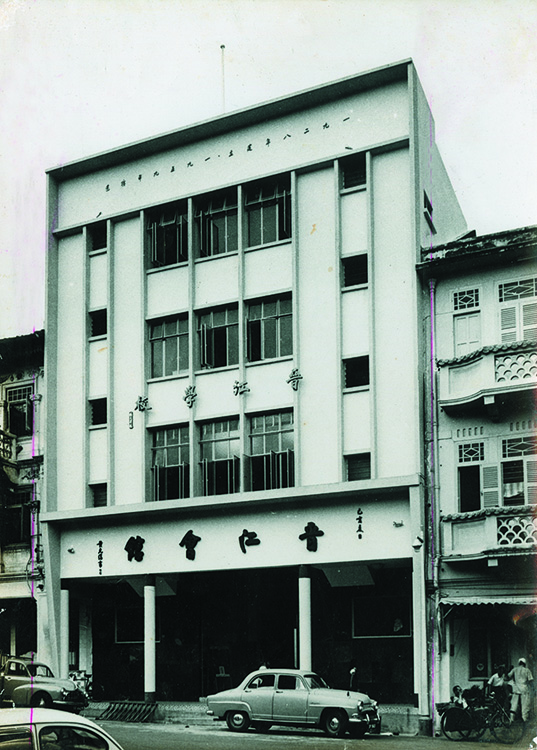Hidden away in the prestigious gardens of Shangri-La Hotel is an unexpected relic of the past.
Known as the Dutch Pavilion, this single-storey structure—now popularly used for wedding solemnisations at the hotel—was once the premises of the Hollandse School. The building then served as a venue for physical education classes, assembly hall, and classrooms.
Initially founded in 1919, the privately-run Dutch preparatory school moved from its first location, the Dutch Club, into its new Orange Grove premises only in 1928 financed by nine years of fund raising by the school committee and a subsidy from the Dutch Government. The building’s first stone was laid by eight-year-old Cornelia Huiskes, the daughter of one of the members of the school board on 4 March 1928.
The Dutch staff, comprising of a principal and two lady teachers, taught lessons in Dutch, French and English. Catered to members of the Dutch colony, the school’s syllabus prepared students to sit for the university entrance examinations in Holland.
Later, the school ceased operations during to the Japanese occupation from 1942 to 1945; most of its staff and students were interned during this time.
Post-war, the Netherlands Indies Liquidation Organisation (NILO) took over the school and refurnished it with desks and other school requirements, which had disappeared during the occupation. Funding by the NILO allowed the school to charge nominal school fees: $2 per month for the first child, $1 for the second, and the third child was taught for free.
Hollandse reopened to meet a desperate need among many children who had had no schooling during the war. As the principal had died in internment, a new staff of Dutch educators was formed to teach the 55 students formed by children of Dutch, Chinese, Indonesian and Eurasian ethnicities, aged between five and 18.
Meanwhile, the Shangri-La was opened at 22 Orange Grove in 1971. Completed at the cost of $31.5 million, the flagship hotel featured 520 deluxe rooms equipped with all the trappings of a luxury property.
As the hotel’s business boomed, so did school enrolment at Hollandse. By its 50th anniversary in 1978, the Dutch school was too cramped for its 150 students; it eventually moved into new premises at Bukit Timah.
The school grounds, as well as the teachers’ lodgings, were eventually purchased by Shangri-La in 1986 and 1989 respectively. The total land space, amounting to almost 0.7 ha, cost $12.1 million.
In recognition of its historical significance, the original Hollandse School building was partially kept and adaptively reused as a leisure pavilion for guests. The architectural beauty now remains as a showcase of Dutch and English colonial influences.
A bell tower, so much a part of old Dutch architecture, stands on front apex of the school. Beneath it is a pitched roof, a familiar feature of Dutch churches and schools.
Its humble façade is markedly different from the lavish modernity of the rest of the Shangri-La. The red tile roof, originally used by the school, has been retained.
On its external walls, Dutch and English elements adorn the pavilion: Colonial-style balustrades flank the outer side of the pavilion, which also features old fashioned wall lamps.
Buildings and sites featured on Roots.SG are part of our efforts to raise awareness of our heritage; a listing on Roots.SG does not imply any form of preservation or conservation status, unless it is mentioned in the article. The information in this article is valid as of November 2019 and is not intended to be an exhaustive history of the site/building.




